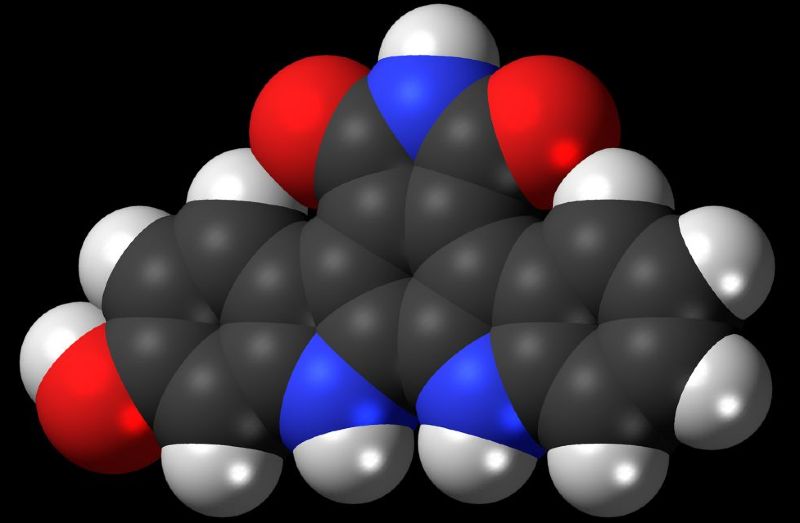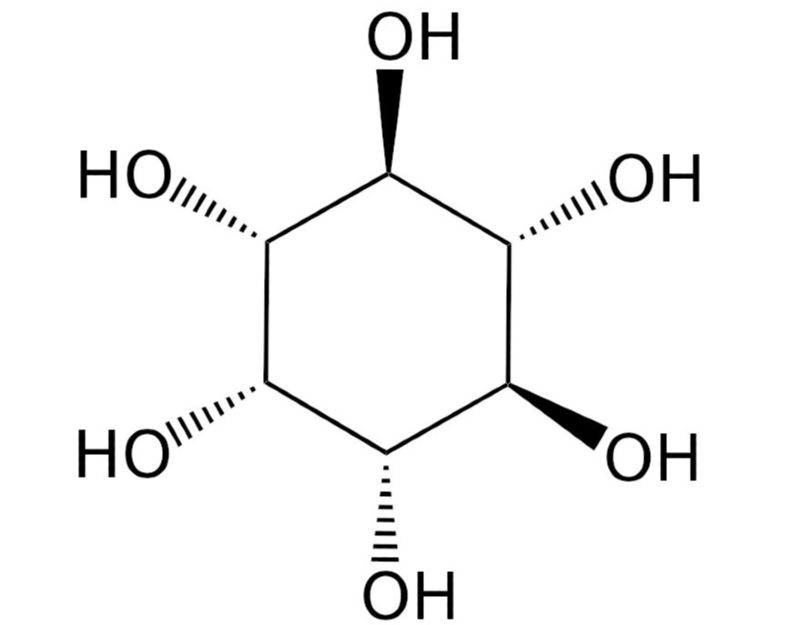
Nora Lisa Bitzenhofer (Coordinator), Luzie Kruse, Molecular Enzyme Technology, HHU Düsseldorf
Alexander Reiter, Biotechnology, Forschungszentrum Jülich
Marcel Schatton, Bioorganic Chemistry, HHU Düsseldorf
Natural indolocarbazoles are valuable sources of exceptional bioactive compounds with numerous potential applications in the pharmaceutical industry. Each compound or derivative may possess its own promising bioactivity. Tailored modification of their chemical structures has proven to be an effective tool for enhancing bioactivity. In the ARcyria project, (Halo-)Pseudomonas biosynthetic production platforms of different arcyriaflavins were established. For customized structural modification, appropriate halogenating or hydroxylating enzymes were identified and the core biosynthesis cluster of arcyriaflavin A was extended by the respective enzymatic step (see Figure 1). Besides the expansion of the pathway, an increase in production could be achieved in Pseudomonas putida KT2440 by bioprocess optimization. Using optimized process parameters, a new production platform with the novel and undescribed Halopseudomonas litoralis strain was used for arcyriaflavin synthesis. Interestingly, this strain almost completely metabolized the supplied precursor L-tryptophan via other biosynthetic pathways. This indicates the need for more detailed bioprocess development by investigating the carbon flux towards the compound synthesis, which also provides the basis for further biotechnological applications.

Paul Ramp (Coordinator), Biotechnology, Forschungszentrum Jülich
Jonas Dittrich, Computational Pharmaceutical Chemistry and Molecular Bioinformatics, HHU Düsseldorf
Inositols (cyclohexane-1,2,3,4,5,6-hexols) are widely distributed in all domains of life, where they participate in many cellular processes and regulatory networks. Besides their physiological function, the isomers myo-, scyllo- and D-chiro-inositol were reported to possess several health-promoting and healing properties and have been tested in many studies dealing, e.g., with diabetes and Alzheimer’s disease. Many microorganisms possess a complex inositol metabolism in which these inositol isomers are interconverted. These enzymes are a promising source for developing sustainable, biotechnological processes for generating inositols. We identified seven enzymes, so-called inositol dehydrogenases (IDHs), in Corynebacterium glutamicum that are mainly responsible for inositol conversion. Using genetically modified C. glutamicum strains, we identified which inositol isomer is accepted by each IDH. We generated structural models of the IDHs and performed enzyme-substrate docking to investigate the enzyme-inositol interaction and identify potential binding modes of the inositols within the binding pocket of the different IDHs.
Our work provides new insights into the biochemical properties of IDHs, which is a prerequisite for designing appropriate synthesis pathways and efficient microbial hosts. This knowledge establishes a platform for the rational engineering of the IDHs and, thus, yields access to new synthetic routes for biotechnological inositol conversion.
Ramp, P, Pfleger, C, Dittrich, J, Mack, C, Gohlke, H and Bott, M (2022). Physiological, Biochemical, and Structural Bioinformatic Analysis of the Multiple Inositol Dehydrogenases from Corynebacterium glutamicum. Microbiol Spectr 10(5): e0195022.
Magnus Philipp (Coordinator), Joana Pohlentz, Microbiology, HHU Düsseldorf
Clara Lüchtrath, AVT-Biochemical Engineering, RWTH Aachen
The aim of this project was the characterization of sucrose uptake and valorization by the upcoming fungal biotech chassis Ustilago maydis to enable establishing a co-culture between U. maydis and cyanobacteria in the future. A co-culture of cyanobacteria that generates sugar from sunlight and microbes feeding on those sugars to produce valuable compounds like sesquiterpenes is an excellent alternative to the use of pure sugars as substrate, since production costs are lowered and it allows plant-derived sugar to be used in food rather than in feed. This approach however comes with the challenge that sucrose feed by current cyanobacterial strains is very low. Here, we followed a two-step process to address this problem: First, to optimize fungal growth on low sucrose levels, crucial genes for sucrose metabolism were genetically upregulated in U. maydis strains producing lycopene. This molecule emits a strong red color and is used as a read-out for the level of FPP, a key intermediate for sesquiterpene production. Simultaneously, a membrane-based fed-batch system was adapted and optimized to feed U. maydis with low sucrose concentrations. This system was used to compare the obtained strains to the precursor and to characterize them regarding their capability of sucrose metabolization. We found that all strains were capable of growth in the fed-batch system and that lycopene accumulation was fully intact on sucrose both in batch and fed-batch. Furthermore, an optimized strain with constitutive invertase production showed increased sucrose conversion in enzymatic assays. Based on these results a mathematical model for U. maydis growth on sucrose fed-batch was generated, thus enabling an educated approach towards a co-culture with cyanobacteria.